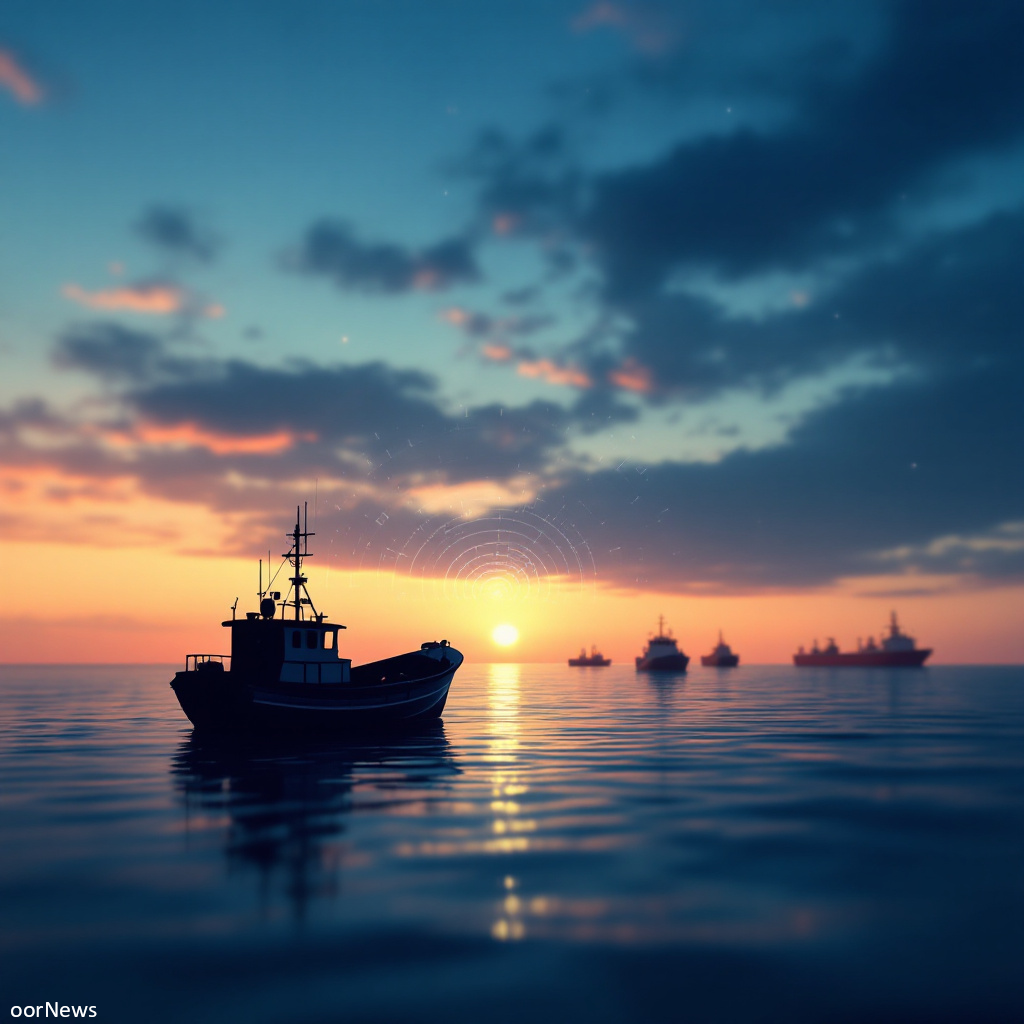Your cart is currently empty!

New Scottish Study Reveals Ower Hauf o Coastal Vessels Ging Untracked

Researchers fae Heriot-Watt University hiv fund aat mair nor hauf o the vessels operatin in Scotland’s coastal watters are missed by staundart trackin systems. E study shaws aat anely 43% o ships ithin 10 km o the coast braidcast an Automatic Identification System (AIS) signal—e common tool eesed warldwide for tae track ship muivements.
Based on ower 1,800 oor o land an sea observations atween 2019 an 2024, e study covered nine o Scotland’s 11 marine areas an revealed significant regional an seasonal gaps. Maist o the data wis collected by citizen experts fae groups sic as Whale an Dolphin Conservation Shorewatch in Shetland, e Hebridean Whale an Dolphin Trust, an e Community o Arran Seabed Trust eesin a staundartised coontin method.
“Iss data challenges e assumption aat AIS accurately reflects coastal activity. In some regions, ower 75% o vessel muivements ging unrecordit,” said Dr Emily Hague fae Heriot-Watt’s School o Energy, Geoscience, Infrastructure an Society. In e Ooter Hebrides, for example, anely 20% o boats transmitted signals—even tho tourism, fishin, an aquaculture are vital there—compared tae 58% in e Orkney Islands. Alarmingly, in busy areas like the Forth an Tay ports, AIS data anely captures 8% o the real traffic.
Maist o the missin data comes fae smaaer craft sic as unner-15m fishin vessels, recreational boats, an jet skis, fit arena required by laa tae cairry AIS. Dr Hague noted, “Governments, conservation bodies, an researchers rely on AIS tae model unnerwatter noise pollution, collision risks for marine mammals, seabed damage, greenhoose gas emissions, an ither climate impacts. Gin ower hauf o inshore vessel muivements are missin, iss models cuid seriously unnerestimate the true impacts, leadin tae ineffective management an conservation policies.”
Dr Lauren McWhinnie emphasised e critical role o accurate data for tae protect vital coastal habitats aat support species like bottlenose dolphins, minke whales, an orcas. “Ithoot comprehensive trackin, it’s challengin tae assess an mitigate the threits iss species face,” she said.
E researchers recommend supplementin AIS data wi land-based surveys an citizen science, especially in regions far mony vessels dinna braidcast. “Ideally, even smaaer vessels should eese AIS. Better data will help coastal communities balance tourism an ither activities wi environmental sustainability, aid researchers an conservation groups in their wirk, an enable marine planners tae implement mair effective regulations,” said Dr McWhinnie.
Volunteer Carole Davis fae WDC Shorewatch in Shetland added, “I’m prood tae contribute tae research aat enhances wir unnerstaundin o vessel impacts an pynts oot e importance o citizen science in marine research.”
Published in Marine Policy, e study caas for e eese o correction factors tailored tae local vessel types, regions, an seasons fanivver AIS data is eesed tae assess coastal impacts. “Scotland’s blue spaces are busier than ivver, an ithoot improved data, we’re essentially navigatin blin fan it comes tae unnerstaundin potential risks,” concluded Dr Hague.
E findins represent a significant stap tae better monitorin an safegairdin Scotland’s coastal watters, urgin baith policymakkers an local communities tae address thae unseen risks.
Leave a Reply